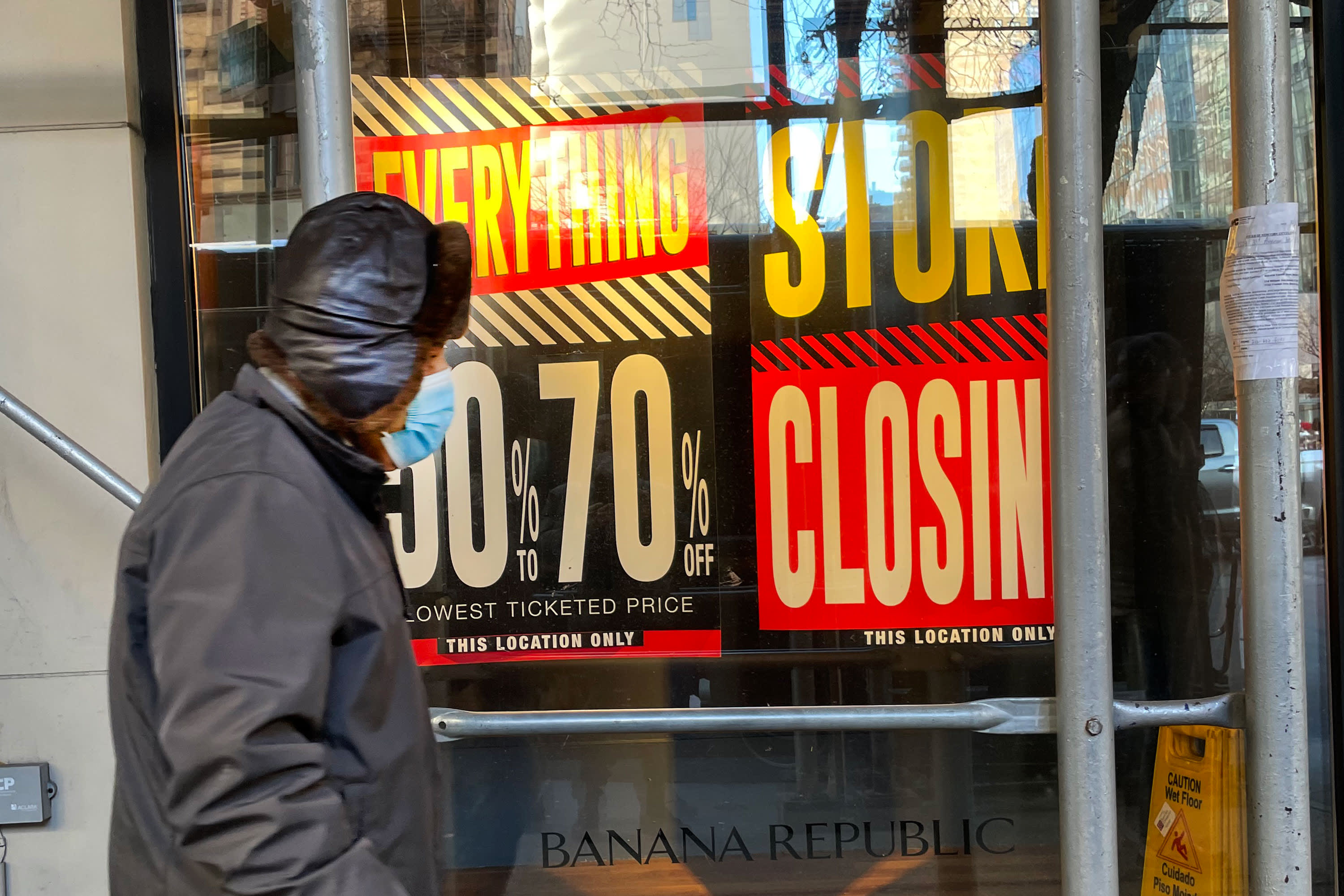First-time claims for unemployment insurance jumped to 965,000 last week amid signs of a slowdown in hiring due to pandemic restrictions, the Labor Department reported Thursday.
The total was worse than Wall Street estimates of 800,000 and above the previous week’s total of 784,000.
Markets reacted little to the number, as the decline in economic activity is expected to be met with more stimulus from Washington. President-elect Joe Biden later Thursday is announcing his hopes for another package likely in excess of $1 trillion.
Futures prices continued to indicate fractional opening gains on Wall Street.
Still, the number for the week ended Jan. 9 was another sign of economic turmoil brought on by restrictions in activity aimed at combating the virus spread. The total was the highest since the week of Aug. 22, when just over 1 million claims were filed.
Continuing claims also were higher, rising 199,000 to 5.27 million. That figure runs a week behind the weekly claims total and increased for the first time since late November.
The total of those receiving benefits under all government declined sharply despite the rise in the weekly numbers. That level fell to 18.4 million from 19.2 million in the previous week. The data runs two weeks behind the weekly claims total. The decrease came primarily from a slide in those filing for emergency pandemic claims, though it remains well above the 2.18 million receiving benefits for the same period a year ago.
The increase in claims was spread across a handful of state, mostly those with more stringent restrictions on businesses.
Illinois, where Chicago has clamped down on restaurants, saw a jump of 51,280, according to unadjusted data. Other big gainers were California, which doesn’t even allow outdoor dining and saw its claims number rise by 20,587, a 13% increase. New York rose by 15,559.
However, several states with relatively loose restrictions also saw noticeable gains. Florida saw its claims more than double to 50,747, while Texas saw a 14,282 increase.
Signs have been building lately that the job gains that began in May have begun to cool.
In December nonfarm payrolls declined for the first time during the recovery, falling by 140,000 while the unemployment rate held at 6.7%.
The Federal Reserve also reported Wednesday that business contacts throughout the central bank’s 12 districts reported either both a reduction in hiring as well as difficulty in filling positions. Economists generally see the 2021 economy as starting off slow but then gaining momentum as the year progresses and the Covid-19 vaccine spreads.
